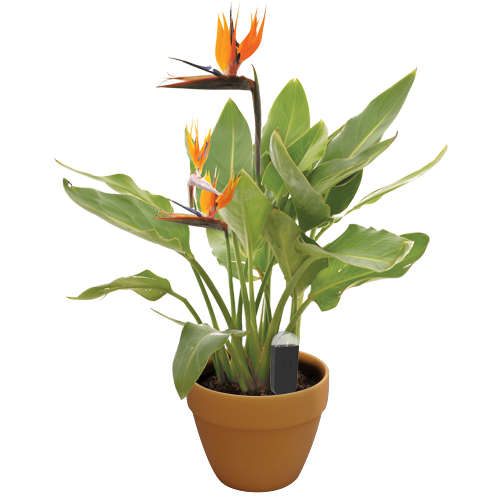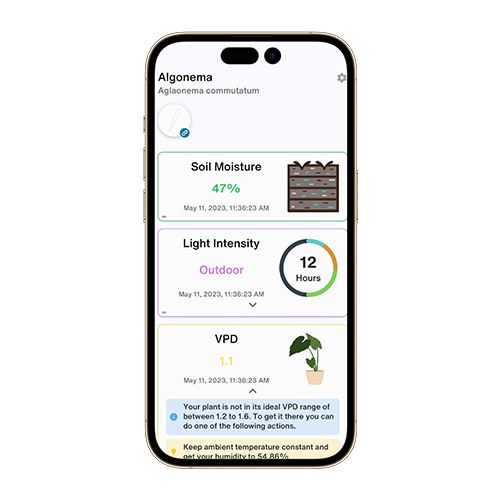Nymphaea nouchali
分类
家庭Nymphaeaceae
属Nymphaea
区10
关于
Nymphaea nouchali, commonly known as the blue lotus or star lotus, is a water lily native to tropical regions of Asia. It is a tuberous hydrogeophyte that thrives in wet, tropical climates. The plant is known for its striking blue or white flowers and is often found in ponds, lakes, and slow-moving streams. It has a dormancy period during the cooler months.
也称为
Blue Lotus
Castalia Acutiloba
Castalia Stellaris
Cigar Plant
Lirio De Agua
Nenfar
Nenfar De Sri Lanka
Nenfar Rojo-Azul
Castalia stellata
Leuconymphaea stellata
Nymphaea acutiloba
Nymphaea cyanea
Nymphaea henkeliana
Nymphaea hookeriana
Nymphaea membranacea
Nymphaea nouchali var. cyanea
Nymphaea rhodantha
Nymphaea stellata
Nymphaea stellata var. cyanea
Nymphaea stellata var. parviflora
Nymphaea sumatrana
Nymphaea voalefoka
概述
想要更多提示吗?
细节
保养说明
Nymphaea nouchali requires bright, direct sunlight for optimal growth. It thrives in warm, humid conditions and prefers temperatures that are consistently moderate. The plant should be kept in waterlogged soil or shallow water, and it benefits from regular fertilization during the growing season.土壤
This water lily prefers loamy soil that is consistently wet or even submerged. Good drainage is not a concern as the plant thrives in waterlogged conditions. A rich, nutrient-dense soil mix will support its growth.肥料
Use a balanced fertilizer with an N-P-K ratio of 10-10-10. Fertilize the plant regularly during the growing season to support its vigorous growth and flowering. Slow-release fertilizer tablets can be placed in the soil near the roots.换盆
Repot Nymphaea nouchali every 1-2 years or when the plant outgrows its container. Repotting is best done in the spring. Carefully remove the plant from its current container, trim any dead or decaying roots, and place it in a larger container with fresh soil.传播
Propagate Nymphaea nouchali by dividing the tubers. This is best done in the spring when the plant is emerging from dormancy. Carefully separate the tubers, ensuring each division has at least one growing point, and plant them in individual containers.修剪
Prune Nymphaea nouchali regularly to remove dead or yellowing leaves and spent flowers. This helps maintain the plant's health and encourages new growth. Pruning is best done during the growing season.毒性
Nymphaea nouchali is not known to be toxic to pets or humans. However, it is always advisable to handle all plants with care and avoid ingestion.额外的
Ensure the plant has ample space to spread its leaves and flowers. Regularly check for pests such as aphids and treat them promptly to prevent infestations. The plant can be sensitive to sudden changes in water quality, so maintain a stable aquatic environment.彻底改变您的植物护理
让每一个工厂都变得聪明


